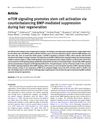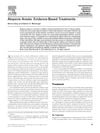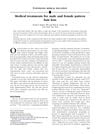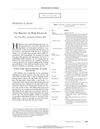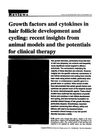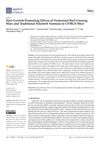Eclipta Prostrata Promotes the Induction of Anagen, Sustains the Anagen Phase Through Regulation of FGF-7 and FGF-5
January 2019
in “
Pharmaceutical Biology
”
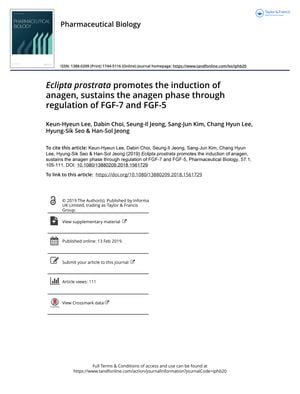
TLDR Eclipta prostrata helps hair growth and maintains the growth phase by affecting certain growth factors.
The study from 2019 examined the effects of Eclipta prostrata (EP) on hair growth, using both in vivo and in vitro methods. In the in vivo experiment, 16 C57BL/6N mice were divided into four groups and treated with either saline, minoxidil, or low (1 mg/day) and high (10 mg/day) doses of EP for 14 days. The treatment with EP resulted in hair regrowth and a transition to the anagen phase, as evidenced by a change in skin color and hair follicles reaching the subcutaneous muscle layer. In vitro, human dermal papilla cells were treated with EP, which increased the expression of FGF-7, decreased FGF-5 levels, and activated mTOR signaling. These findings suggest that EP promotes hair growth by regulating factors associated with the hair cycle, particularly by sustaining the anagen phase, and could be a potential treatment for hair loss. The study was relatively small, with only 4 mice per group, which may limit the strength of the conclusions.

